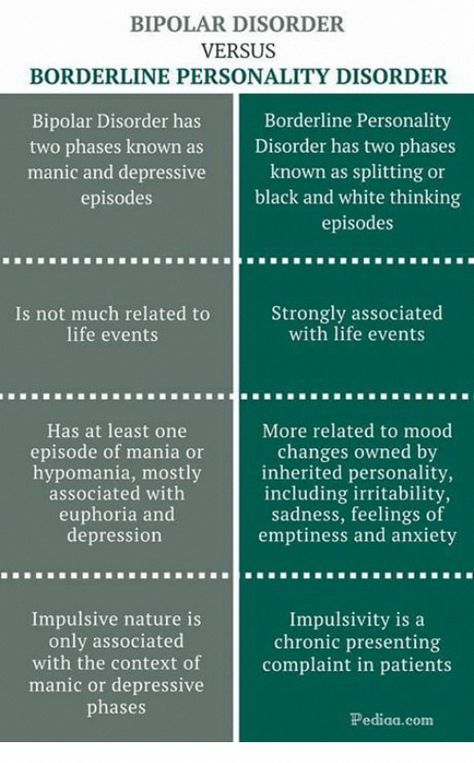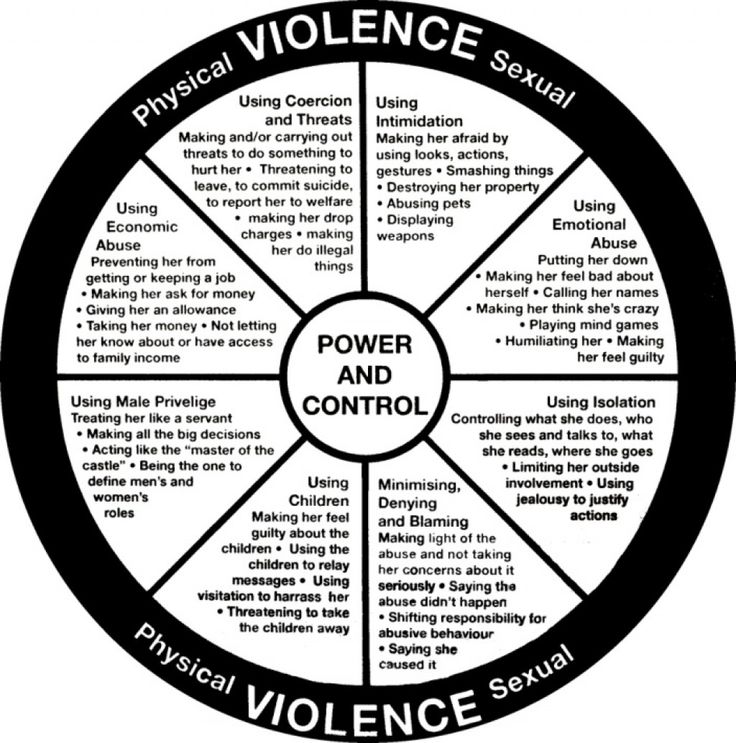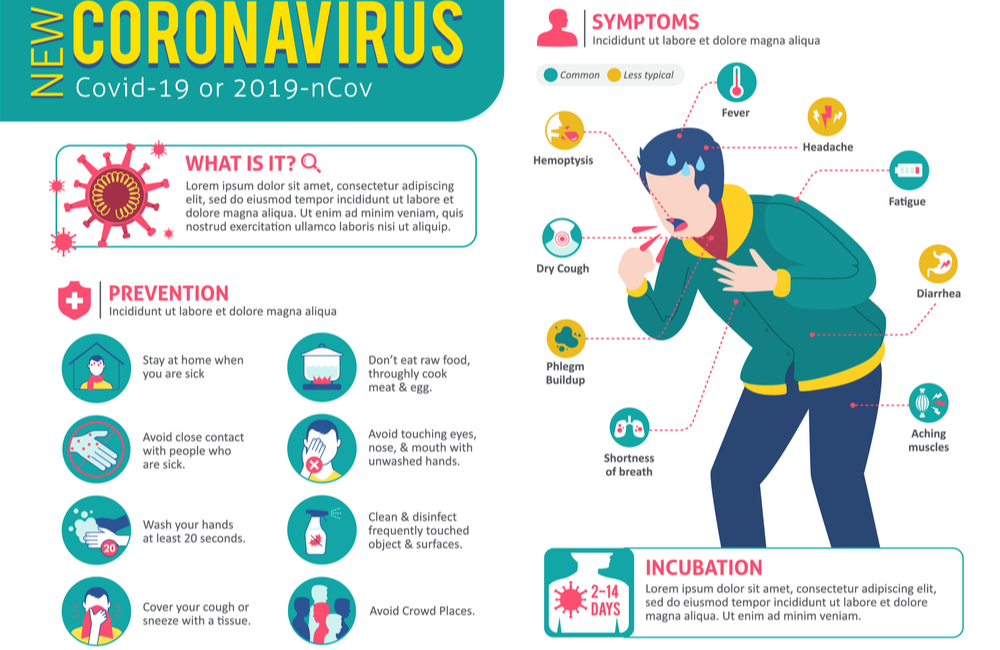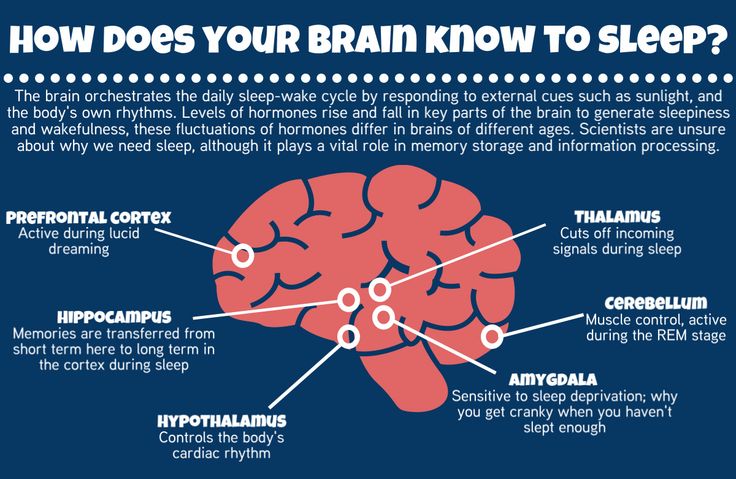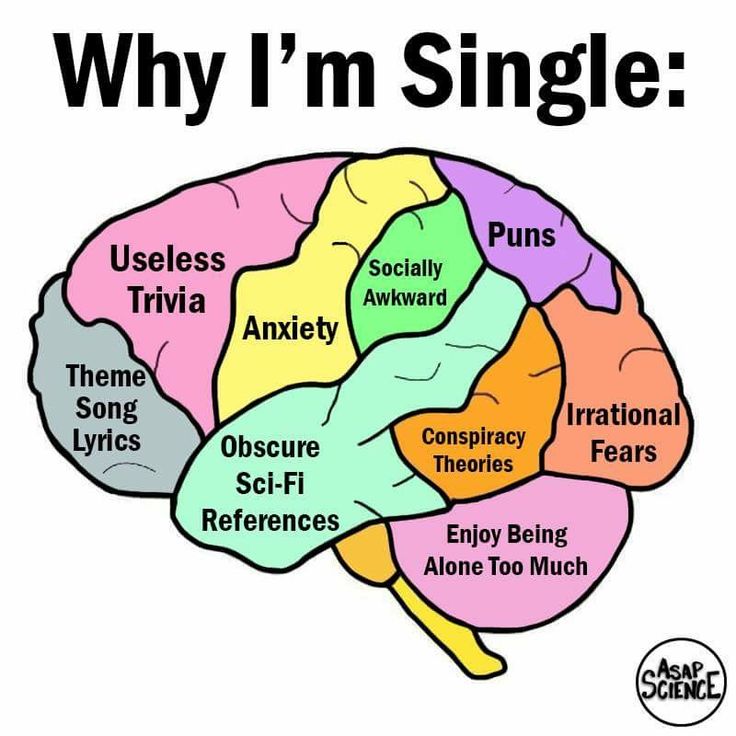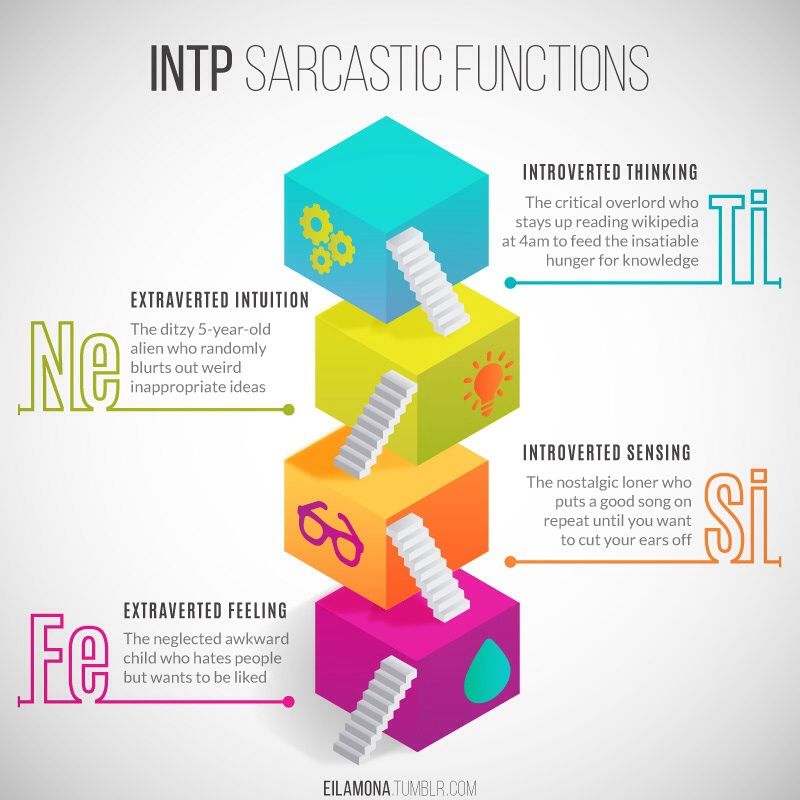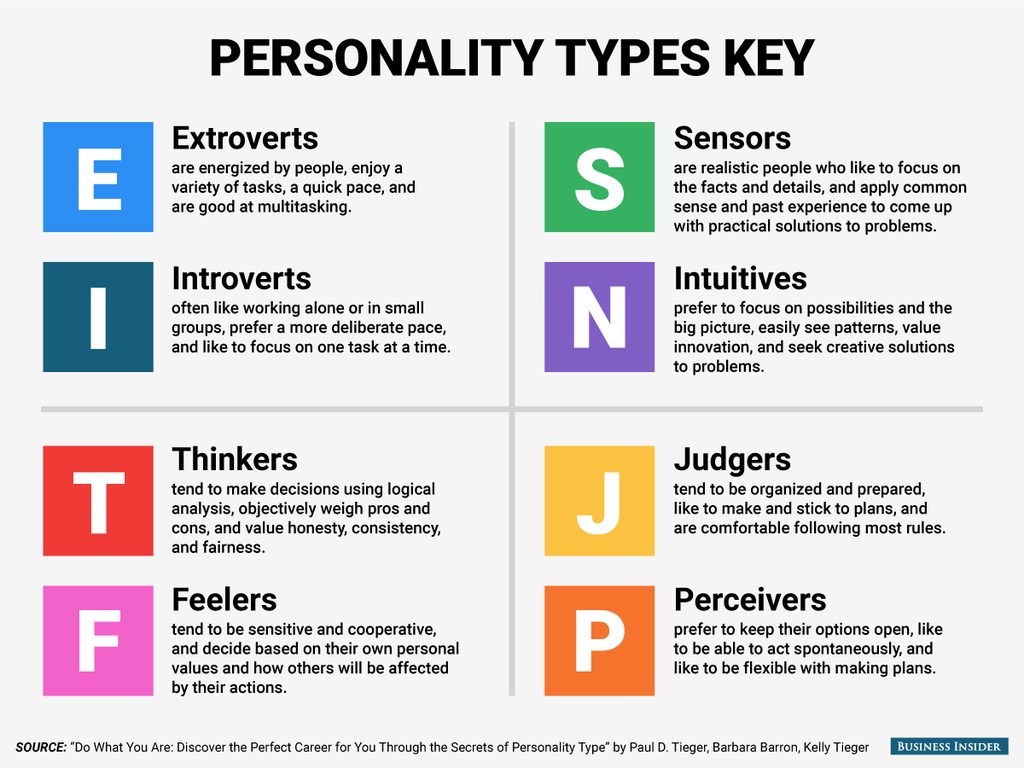Bipolar spending problems
Bipolar Disorder Mania and Overspending: Causes and Recovery
Is your cash flow as boundless as your energy right now, as free-flowing as all these recent purchases? Or is this a symptom of bipolar mania?
For many, feeling emboldened is often a positive force in “adulting.” But when you’re experiencing symptoms of bipolar mania, that internal spark can trigger impulsive actions that can have long-term consequences on your finances.
Approximately 5.7 million people in the U.S. live with bipolar disorder every year — that’s twice as many folks who went skydiving in 2020. And that’s also how mood shifts from mania can feel: sometimes exhilarating, terrifying, stretched beyond limit, then slack. And over again.
Whether you live with bipolar I
, which centers around mania, bipolar II, which shifts between a slightly less intense mania and depression, or mixed episodes, which are earmarked for both mania and depression simultaneously, the overall condition can cause your energy levels to fluctuate.
Bipolar disorder can also affect your concentration, perception, and decision-making. Let’s break this down so we can build you up with insight and tools.
Bipolar disorder comes with a range of symptoms with varying intensity, including:
- feelings of intense depression and despair
- manic feelings of extreme happiness
- mixed moods such as depression with restlessness and overactivity
The disorder can also lead to impulsive spending sprees, usually during an episode of mania.
During an episode of mania, you will likely feel energized and powerful. During a depressive episode, your mood may fall to indifference or hopelessness.
Though you may find yourself on a spending spree during any bipolar phase, overspending is often linked to mania.
What clinical experts say
The reference guide on all things psychiatric is called the Diagnostic and Statistical Manual of Mental Disorders (5th ed.), known as DSM-5. It catalogs mental health conditions for clinicians.
According to the DSM-5, one of the hallmark symptoms of mania is “excessive involvement in pleasurable activities with high potential for painful consequence.”
The manual gives specific examples of:
- unrestrained buying sprees
- compulsive sexual behavior
- impulsive business investments
Studies on excessive spending during mania and depression
Research presented in 2017 on people managing bipolar disorder clarified motivations and emotions that induced spending sprees. Participants reported the cycle of spending money because they already feel good, followed by guilt, remorse, anxiety, depression, then spending to feel good.
What people managing bipolar disorder say about their overspending
Dr. Thomas Richardson, a principal clinical psychologist in Portsmouth, England, interviewed 44 people living with bipolar disorder and led a focus discussion group with six. He reports some recurring themes, quoted from participants:
- “[I’m] prone to burying head in the sand, ignoring demands for payments.
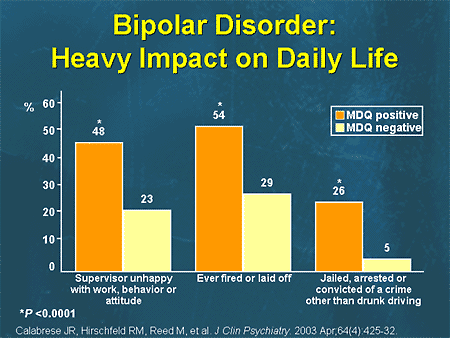 ”
” - “Impulsive purchases… will spend all that I have when I am manic or hypo-manic.”
- “I became high and gave away all my savings to charity 4 years ago.”
- “It’s a vicious cycle. I realise I’m spending and putting my family in financial stress and leads to larger depression. This then leads to comfort spending again.”
- “During down periods, I essentially comfort spend.”
Excessive generosity and spending may seem like a good idea at the time, but it can negatively impact your personal finances. You’re not alone in this.
Though it may not be easy to control urges to spend or give money away, there are steps you can take to help prevent sprees when experiencing an episode of mania.
A supportive inner circle
Support from those who understand compulsive spending during an episode of mania may help you recognize when your spending becomes a problem. Your inner circle can often identify mania early and can help you safeguard your finances.
One credit card only
If you have only one card with a low limit, you’ll not be able to spend excessively.
Restricting online access
Having someone password-protect or restrict internet access may prevent impulsive or potentially consequential behaviors, including online shopping.
An IT professional can set up restrictions through your browser settings or add budget apps and extensions for a nominal fee.
A monthly allowance could be beneficial
You can create a budget based on your pay periods. Also, consider paying with cash and reserve your cards for necessities.
Can someone pick up your mail?
Credit companies often send incentives and offers in the mail. If you can, have someone get your mail to filter out the credit offers and retail direct mail.
Another consideration is opting out of credit card offers altogether, using a tool like this. You’ll stop receiving catalogs and email prompts by registering here.
Consider a professional accountant or power of attorney
If you don’t have someone you can trust with your finances, a professional service can help you budget and curb spending when you’re experiencing an episode of mania.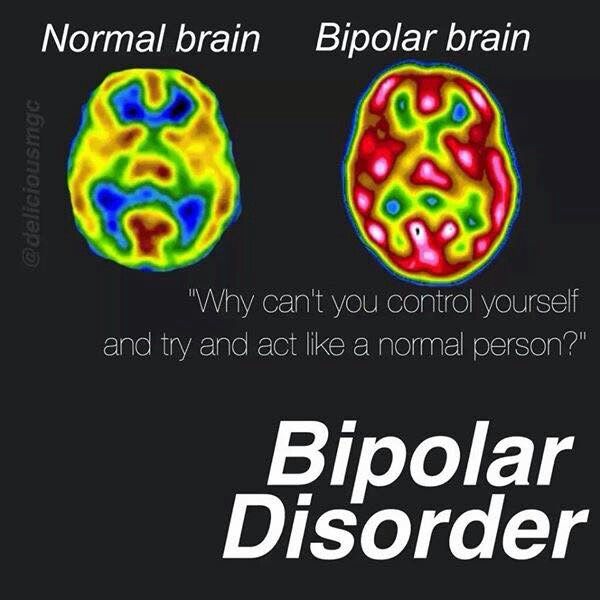
A spending log can set boundaries
Having someone you can trust can be a critical part of preventing a spending spree. You can talk with loved ones or friends or get professional assistance. Not only will you be able to limit your spending, but you’ll also have a support network in place during bipolar disorder treatment.
How do you work on restoring financial stability while living with bipolar disorder?
Bipolar disorder doesn’t mean you have to accept debt. Options include:
Professional management
Accountants and other finance professionals can help you get out of debt. Besides budgeting your money and finding areas you can consolidate, they may direct you to local resources for debt relief assistance.
Bankruptcy
Bankruptcy is advised as a last resort if your debt has gotten out of control and repayment is not possible. Declaring bankruptcy will erase some — if not all — of your debt but does come with long-term credit score consequences.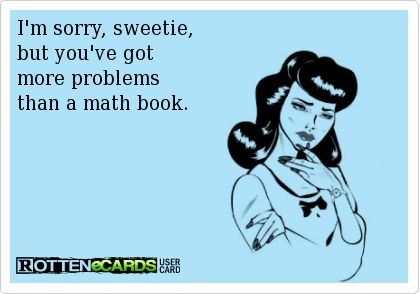
No credit means no credit score for some time, so exercising caution if you’ll need a car loan or are considering a major purchase would be a wise move. A bankruptcy attorney can discuss your options.
Social Security Disability Insurance (SSDI)
SSDI offers financial assistance for people living with bipolar disorder. You can speak with your local Social Security office to see if payments may be available to you for debt relief.
Supplemental Security Income (SSI) program
SSI funds may be available to you if you’ve lived with bipolar disorder for more than 2 years, have strong symptoms, and are in a treatment program.
Try contacting your bank and credit holders
Financial institutions want you to keep making payments. If you default on your loans, they may never see any money. For this reason, many are willing to work with you to create payment schedules or to consolidate debt.
You may want to contact your local financial professional or banking institution for debt consolidation services that are right for you.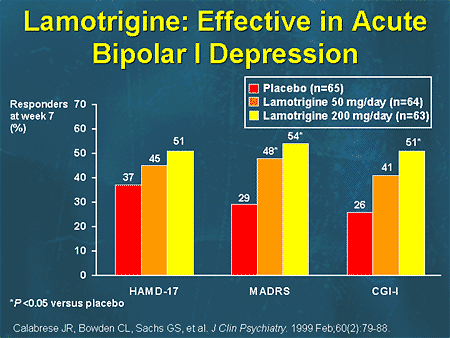
Setting up automatic payments
When you don’t have to think about paying a bill, you are less likely to change the amount you want to pay. You may want to set up automatic payments with the extra money going toward the debt principal. This will help you pay extra without having to think about it.
For some, mania can feel like an unraveling from the inside out. Impulsive behaviors may patch the fray for a short time, but they can ultimately result in irreparable damage.
You may not realize when an episode of bipolar disorder mania prompts behaviors that can result in social, interpersonal, legal, or financial consequences. But there is hope — and you can have a backup plan.
Having internet browser restrictions, a cash budget for casual spending, and one limited credit card are options.
Also, an inner circle with whom you can lean on for accountability and support can help you prevent spending sprees and impulsive financial investments before your wallet foots the bill.
You can take a deeper dive into creating a plan of action to best bipolar disorder here.
Bipolar Disorder Mania and Overspending: Causes and Recovery
Is your cash flow as boundless as your energy right now, as free-flowing as all these recent purchases? Or is this a symptom of bipolar mania?
For many, feeling emboldened is often a positive force in “adulting.” But when you’re experiencing symptoms of bipolar mania, that internal spark can trigger impulsive actions that can have long-term consequences on your finances.
Approximately 5.7 million people in the U.S. live with bipolar disorder every year — that’s twice as many folks who went skydiving in 2020. And that’s also how mood shifts from mania can feel: sometimes exhilarating, terrifying, stretched beyond limit, then slack. And over again.
Whether you live with bipolar I, which centers around mania, bipolar II, which shifts between a slightly less intense mania and depression, or mixed episodes, which are earmarked for both mania and depression simultaneously, the overall condition can cause your energy levels to fluctuate.
Bipolar disorder can also affect your concentration, perception, and decision-making. Let’s break this down so we can build you up with insight and tools.
Bipolar disorder comes with a range of symptoms with varying intensity, including:
- feelings of intense depression and despair
- manic feelings of extreme happiness
- mixed moods such as depression with restlessness and overactivity
The disorder can also lead to impulsive spending sprees, usually during an episode of mania.
During an episode of mania, you will likely feel energized and powerful. During a depressive episode, your mood may fall to indifference or hopelessness.
Though you may find yourself on a spending spree during any bipolar phase, overspending is often linked to mania.
What clinical experts say
The reference guide on all things psychiatric is called the Diagnostic and Statistical Manual of Mental Disorders (5th ed.), known as DSM-5. It catalogs mental health conditions for clinicians.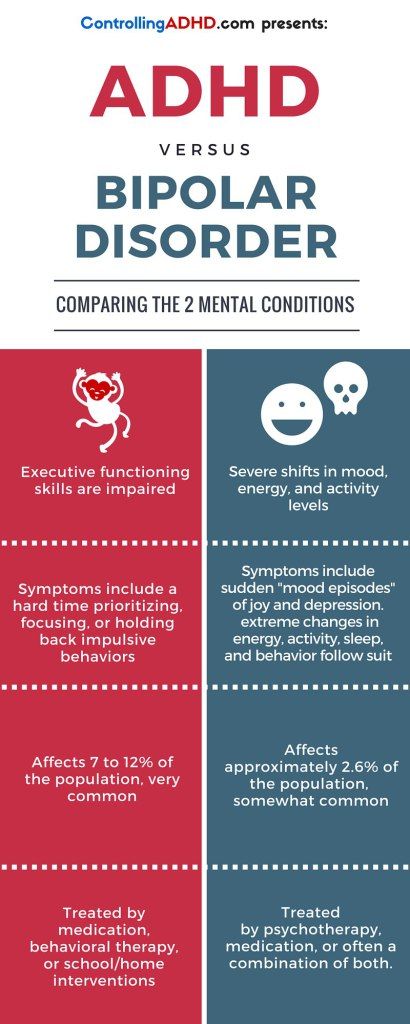
According to the DSM-5, one of the hallmark symptoms of mania is “excessive involvement in pleasurable activities with high potential for painful consequence.”
The manual gives specific examples of:
- unrestrained buying sprees
- compulsive sexual behavior
- impulsive business investments
Studies on excessive spending during mania and depression
Research presented in 2017 on people managing bipolar disorder clarified motivations and emotions that induced spending sprees. Participants reported the cycle of spending money because they already feel good, followed by guilt, remorse, anxiety, depression, then spending to feel good.
What people managing bipolar disorder say about their overspending
Dr. Thomas Richardson, a principal clinical psychologist in Portsmouth, England, interviewed 44 people living with bipolar disorder and led a focus discussion group with six. He reports some recurring themes, quoted from participants:
- “[I’m] prone to burying head in the sand, ignoring demands for payments.
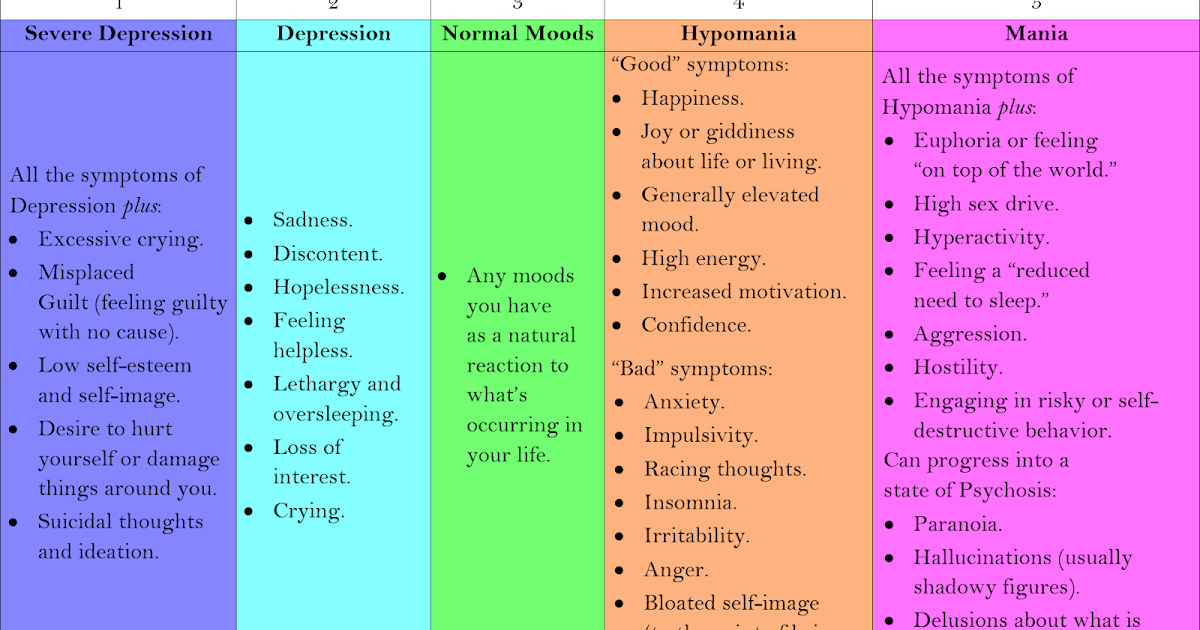 ”
” - “Impulsive purchases… will spend all that I have when I am manic or hypo-manic.”
- “I became high and gave away all my savings to charity 4 years ago.”
- “It’s a vicious cycle. I realise I’m spending and putting my family in financial stress and leads to larger depression. This then leads to comfort spending again.”
- “During down periods, I essentially comfort spend.”
Excessive generosity and spending may seem like a good idea at the time, but it can negatively impact your personal finances. You’re not alone in this.
Though it may not be easy to control urges to spend or give money away, there are steps you can take to help prevent sprees when experiencing an episode of mania.
A supportive inner circle
Support from those who understand compulsive spending during an episode of mania may help you recognize when your spending becomes a problem. Your inner circle can often identify mania early and can help you safeguard your finances.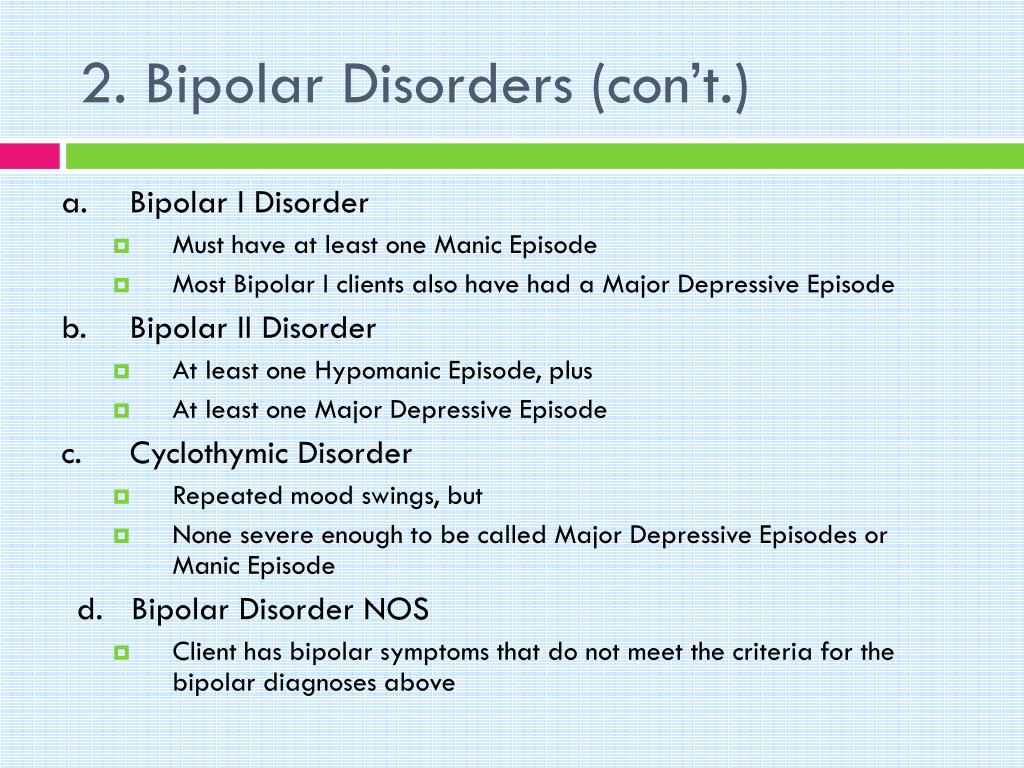
One credit card only
If you have only one card with a low limit, you’ll not be able to spend excessively.
Restricting online access
Having someone password-protect or restrict internet access may prevent impulsive or potentially consequential behaviors, including online shopping.
An IT professional can set up restrictions through your browser settings or add budget apps and extensions for a nominal fee.
A monthly allowance could be beneficial
You can create a budget based on your pay periods. Also, consider paying with cash and reserve your cards for necessities.
Can someone pick up your mail?
Credit companies often send incentives and offers in the mail. If you can, have someone get your mail to filter out the credit offers and retail direct mail.
Another consideration is opting out of credit card offers altogether, using a tool like this. You’ll stop receiving catalogs and email prompts by registering here.
Consider a professional accountant or power of attorney
If you don’t have someone you can trust with your finances, a professional service can help you budget and curb spending when you’re experiencing an episode of mania.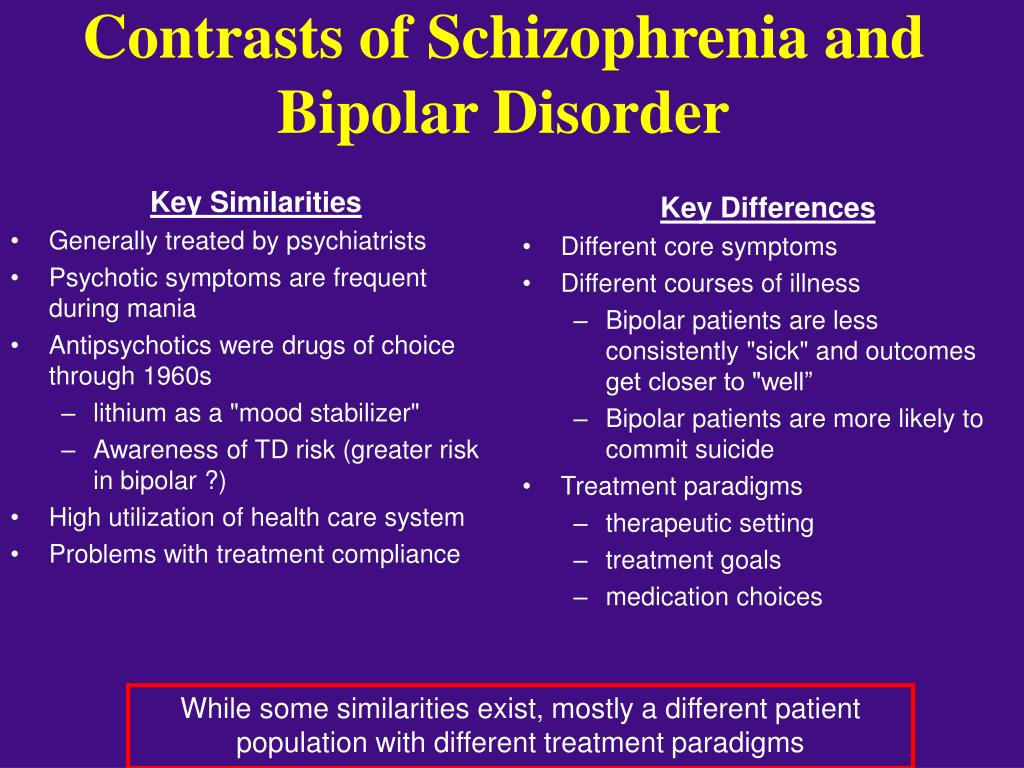
A spending log can set boundaries
Having someone you can trust can be a critical part of preventing a spending spree. You can talk with loved ones or friends or get professional assistance. Not only will you be able to limit your spending, but you’ll also have a support network in place during bipolar disorder treatment.
How do you work on restoring financial stability while living with bipolar disorder?
Bipolar disorder doesn’t mean you have to accept debt. Options include:
Professional management
Accountants and other finance professionals can help you get out of debt. Besides budgeting your money and finding areas you can consolidate, they may direct you to local resources for debt relief assistance.
Bankruptcy
Bankruptcy is advised as a last resort if your debt has gotten out of control and repayment is not possible. Declaring bankruptcy will erase some — if not all — of your debt but does come with long-term credit score consequences.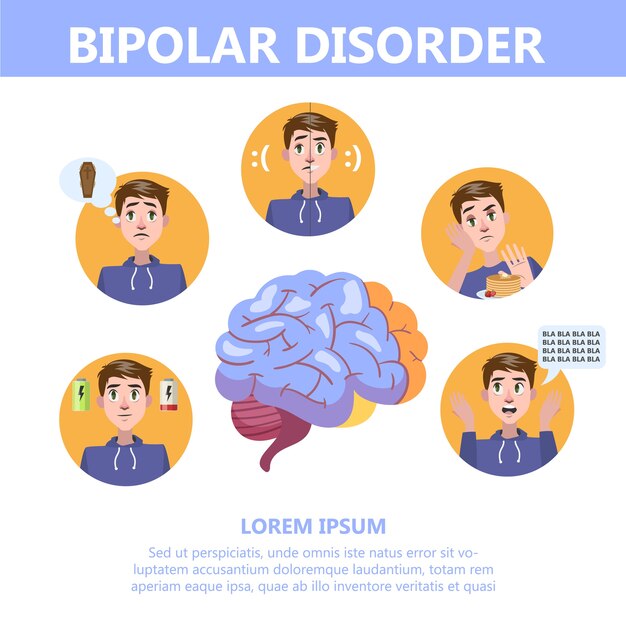
No credit means no credit score for some time, so exercising caution if you’ll need a car loan or are considering a major purchase would be a wise move. A bankruptcy attorney can discuss your options.
Social Security Disability Insurance (SSDI)
SSDI offers financial assistance for people living with bipolar disorder. You can speak with your local Social Security office to see if payments may be available to you for debt relief.
Supplemental Security Income (SSI) program
SSI funds may be available to you if you’ve lived with bipolar disorder for more than 2 years, have strong symptoms, and are in a treatment program.
Try contacting your bank and credit holders
Financial institutions want you to keep making payments. If you default on your loans, they may never see any money. For this reason, many are willing to work with you to create payment schedules or to consolidate debt.
You may want to contact your local financial professional or banking institution for debt consolidation services that are right for you.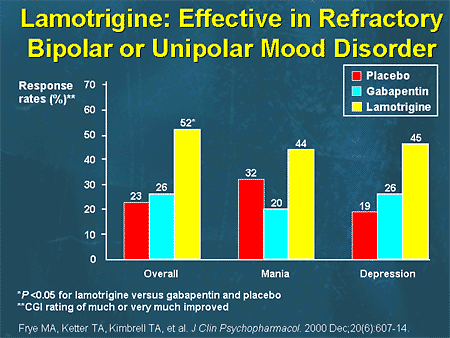
Setting up automatic payments
When you don’t have to think about paying a bill, you are less likely to change the amount you want to pay. You may want to set up automatic payments with the extra money going toward the debt principal. This will help you pay extra without having to think about it.
For some, mania can feel like an unraveling from the inside out. Impulsive behaviors may patch the fray for a short time, but they can ultimately result in irreparable damage.
You may not realize when an episode of bipolar disorder mania prompts behaviors that can result in social, interpersonal, legal, or financial consequences. But there is hope — and you can have a backup plan.
Having internet browser restrictions, a cash budget for casual spending, and one limited credit card are options.
Also, an inner circle with whom you can lean on for accountability and support can help you prevent spending sprees and impulsive financial investments before your wallet foots the bill.
You can take a deeper dive into creating a plan of action to best bipolar disorder here.
Bipolar disorder - Official website of the FGBUZ KB No. 85 FMBA of Russia
General brief information
Bipolar disorder, also known as bipolar affective disorder (BAD) and formerly as manic-depressive psychosis (PMD). It is a set of mood disorders characterized by marked fluctuations in mood, thinking, behaviour, energy and ability to perform daily activities.
A person suffering from this disorder alternates his state of mind between mania or hypomania - a phase of joy, exaltation, euphoria and grandiosity and depression, with sadness, inhibition and ideas of death.
Four types of bipolar disorder were defined by severity and alternation of moods over time:
- Bipolar I disorder
- Bipolar disorder type II
- Cyclothymia
- Non-specific bipolar disorder
Because bipolar disorder occurs in young people, it has a high social cost.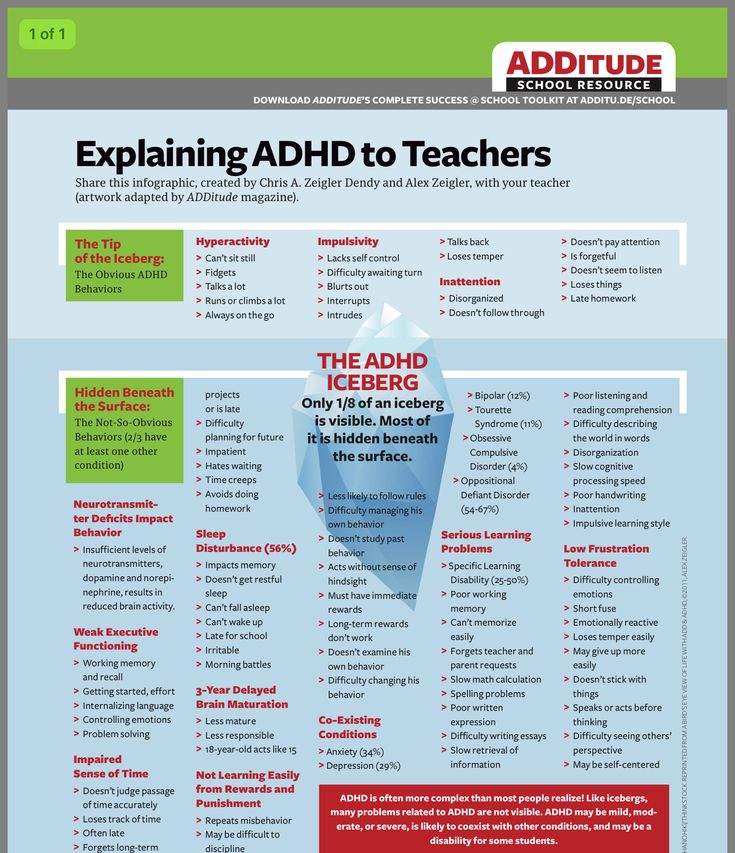 It is the second leading cause of disability worldwide. In addition, those who suffer from it pose a higher risk than the general population of deaths from suicide, homicide, accidents, and natural causes such as cardiovascular disease.
It is the second leading cause of disability worldwide. In addition, those who suffer from it pose a higher risk than the general population of deaths from suicide, homicide, accidents, and natural causes such as cardiovascular disease.
In type 1, the person alternates between depressive episodes with full manic episodes, and in type 2, he alternates between depressive episodes and hypomanic (less severe) episodes.
The symptoms of this disorder are severe, different from the normal highs and lows of mood. These symptoms can lead to relationship problems, work, school, or even suicide.
During the depression phase a person may experience:
- Negative perception of life.
- Inability to feel the pleasure of life.
- No energy
- Self-criticism.
- In extreme cases, suicide.
During a manic phase a person may experience:
- Denial that there is a problem.
- Sudden change of mood.
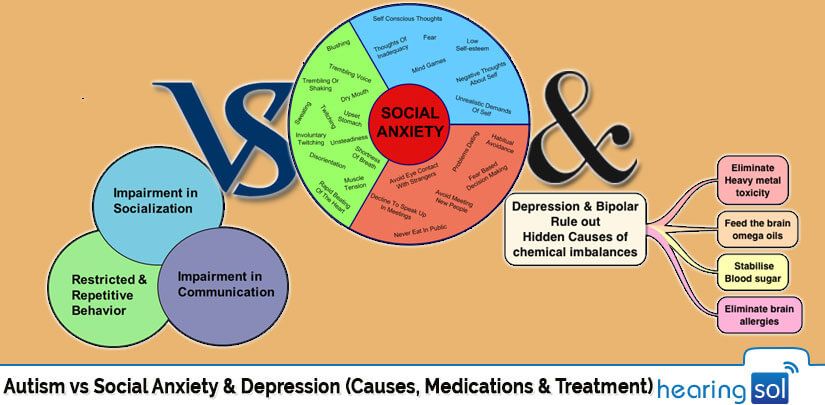
- Irrational financial decisions.
- Feeling of great enthusiasm
- Don't think about the consequences of your actions.
- Lack of sleep
Although childhood onset occurs, the normal age of onset for type 1 is 18 years and for type 2 is 22 years.
About 10% of bipolar 2 cases develop into type 1.
Although the causes are unclear, genetic and environmental factors (stress, childhood abuse) play a role.
Treatment usually includes psychotherapy, medication, sometimes electroconvulsive therapy may be helpful.
Symptoms
Signs and symptoms of the depressive phase of bipolar disorder include:
- Persistent sadness
- Lack of interest in engaging in pleasurable activities.
- Apathy or indifference.
- Anxiety or social anxiety.
- Chronic pain or irritability.
- Lack of motivation
- Guilt, hopelessness, social isolation.
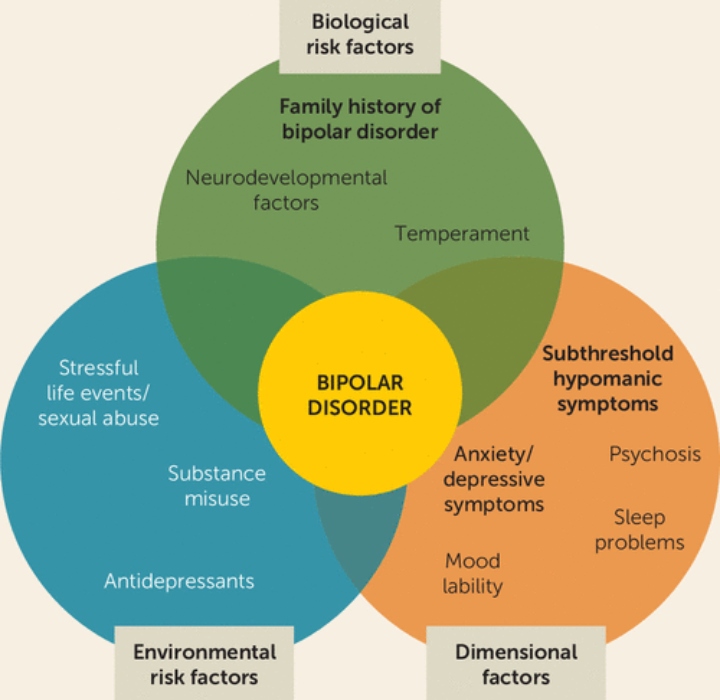
- Lack of sleep or appetite.
- Suicidal thoughts
- In extreme cases, there may be psychotic symptoms: delusions or hallucinations are usually unpleasant.
Manic symptoms
Mania can occur in varying degrees:
Hypomania
This is the least severe degree of mania and lasts at least 4 days. This does not result in a noticeable decrease in a person's ability to work, communicate, or adapt.
He also does not require hospitalization and does not have psychotic characteristics.
In fact, overall functioning may improve during a hypomanic episode and is considered a natural anti-depression mechanism.
If an event of hypomania is not accompanied by or precedes depressive episodes, it is not considered a problem if the state of mind is uncontrollable.
Symptoms may last from several weeks to several months.
It is characterized by:
- Great energy and activity.
- Some people may be more creative, while others may be more irritable.
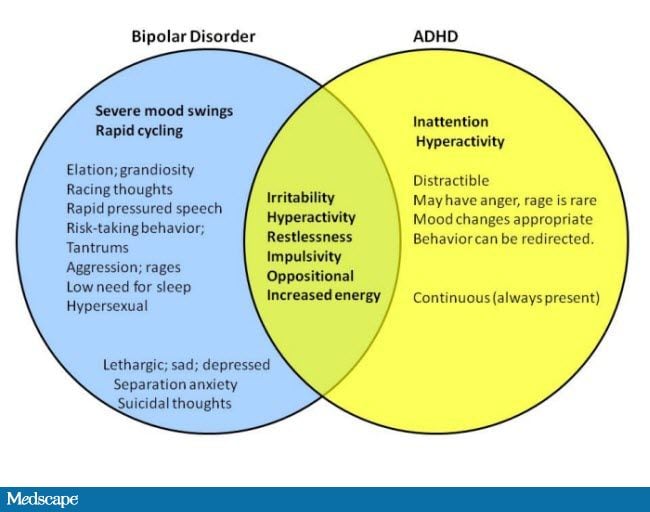
- A person may feel so good that he denies that he is experiencing a state of hypomania.
Mania
Mania is a period of euphoria and high mood for at least 7 days. If left untreated, a manic episode can last 3 to 6 months.
It is characterized by displaying three or more of the following behaviors:
- Talk quickly and smoothly.
- Accelerated thoughts.
- Agitation.
- Light condition.
- Impulsive and risky behavior.
- Excessive cash expenses
- Hypersexuality.
- A person with mania may also experience lack of sleep and inadequate judgment.
- On the other hand, maniacs may have problems with alcohol or other substance abuse.
In extreme cases, they may experience psychosis, so that contact with reality is broken, having a high state of mind.
It is common for a manic person to feel incomparable or indestructible and to feel chosen to realize a goal.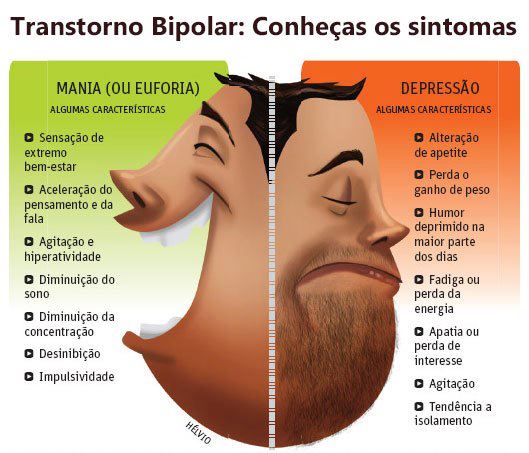
Approximately 50% of people with bipolar disorder experience hallucinations or delusions, which can lead to violent behavior or admission to a psychiatric hospital.
Mixed episodes
In bipolar disorder, a mixed episode is a condition in which mania and depression occur simultaneously.
People who experience this condition may have thoughts of grandiosity while having depressive symptoms such as suicidal thoughts or feelings of guilt.
People who are in this state are at high risk of committing suicide because they confuse depressive emotions with mood swings or difficulty controlling impulsivity.
Causes
The exact causes of bipolar disorder are unclear, although they are thought to be largely genetic and environmental.
Genetic factors
It is believed that 60-70% of the risk of developing bipolarity depends on genetic factors.
Several studies have shown that certain genes and chromosomal regions are associated with susceptibility to develop the disorder, with each gene being more or less important.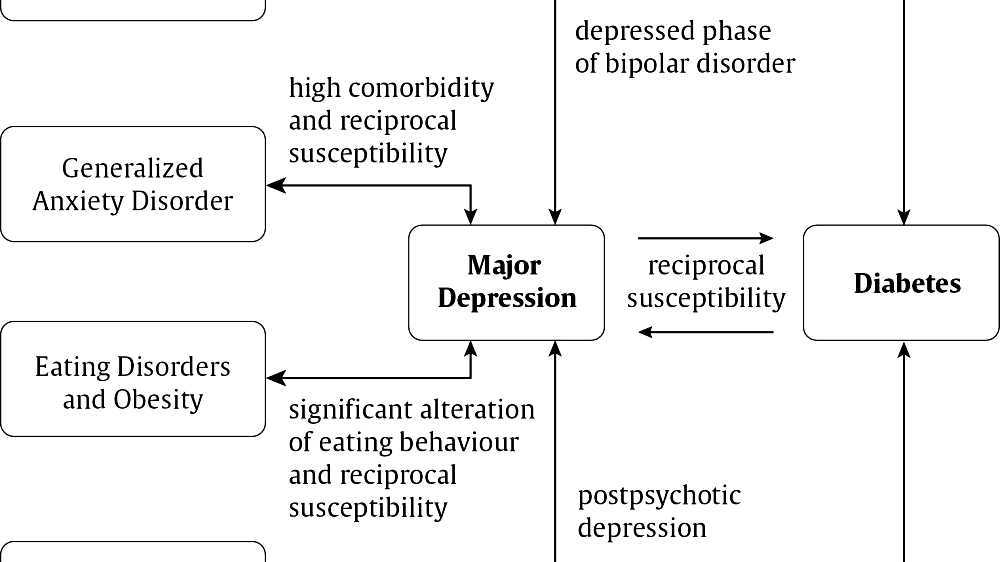
The risk of bipolar disorder in people with family members with the same diagnosis is 10 times higher than in the general population.
Studies indicate heterogeneity, meaning that different genes are involved in different families.
Environmental factors
Research shows that environmental factors play an important role in the development of bipolar disorder, and psychosocial variables may interact with genetic dispositions.
Recent life events and interpersonal relationships contribute to manic and depressive episodes.
30-50% of adults diagnosed with bipolar disorder have been found to report abuse or trauma in childhood, which is associated with an earlier onset of the disorder and more suicide attempts.
Evolutionary factors
From evolutionary theory, one might think that the negative effects that bipolar disorder can have on adaptability cause genes not to be selected by natural selection.
However, there is still a high incidence of BD in many populations, so there may be some evolutionary benefit.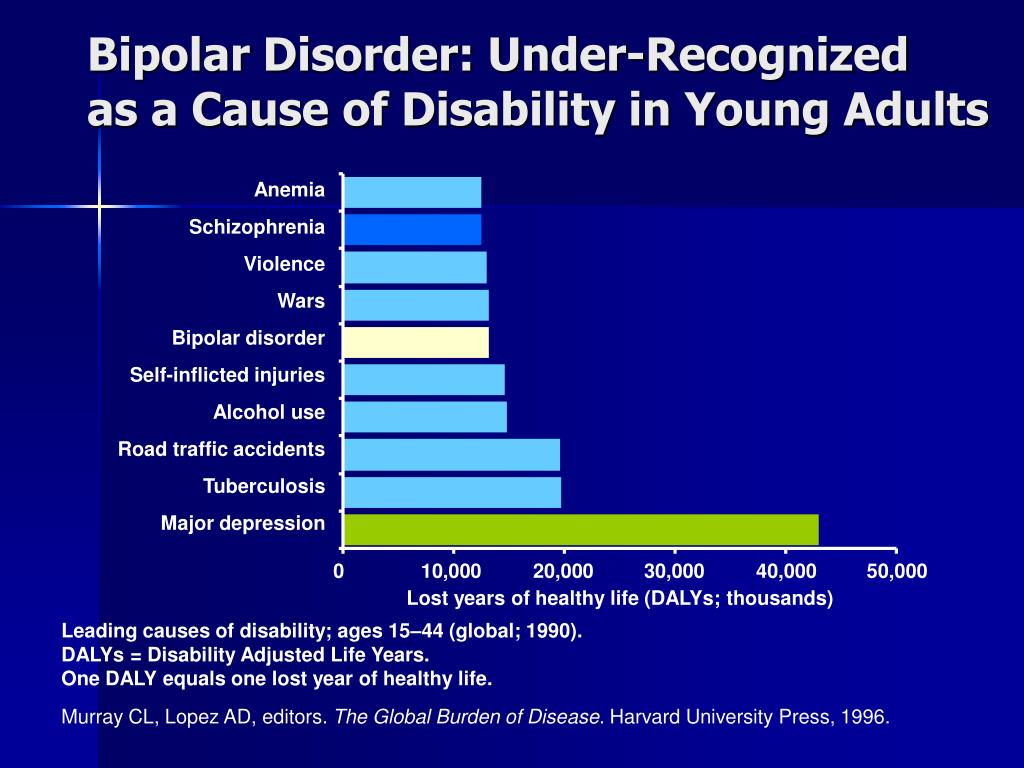
Doctors of evolutionary medicine suggest that high rates of BR throughout history suggest that the change between depressive and manic states suggested some evolutionary advantage in ancestral humans.
In highly stressed individuals, depressed mood can serve as a defense strategy to escape external stress, store energy, and increase sleep hours.
Mania could benefit from her relationship with creativity, confidence, high energy levels and greater productivity.
Physiological, neurological and neuroendocrine factors
Brain imaging studies have shown differences in the volume of various brain areas between patients with bipolar disorder and healthy patients.
An increase in the volume of the lateral ventricles and an increase in the rate of white matter hyperintensity were found.
Magnetic resonance studies have shown that there is an abnormal modulation between the abdominal prefrontal region and the limbic regions, especially the amygdala. This will contribute to poor emotional regulation and mood-related symptoms.
This will contribute to poor emotional regulation and mood-related symptoms.
On the other hand, there is evidence of an association between early stressful experiences and dysfunction of the hypothalamic-pituitary-adrenal axis, leading to hyperactivation.
Less common bipolar disorder can result from trauma or a neurological condition: brain injury, stroke, HIV, multiple sclerosis, porphyria, and temporal lobe epilepsy.
The neurotransmitter responsible for regulating mood, dopamine, has been found to increase its transmission during the manic phase and decrease during the depressive phase.
Glutamate increases in the left dorsolateral prefrontal cortex during the manic phase.
Diagnosis
A patient must have at least two episodes of affective disorder to be diagnosed with bipolar disorder. At the same time, at least one of them must be either manic or mixed. For the correct diagnosis, the psychiatrist must take into account the characteristics of the patient's history, information received from his relatives.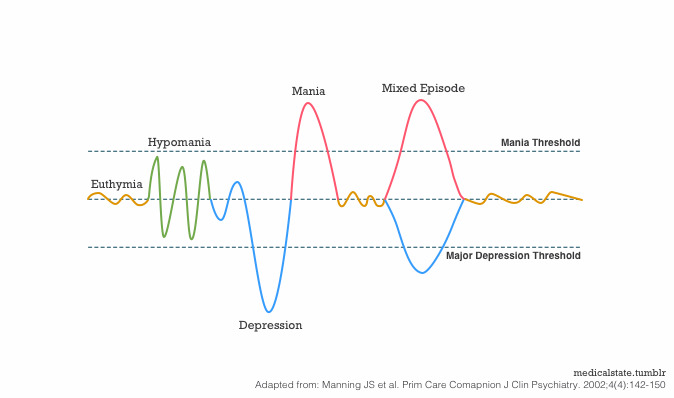 Currently, it is believed that the symptoms of bipolar disorder are characteristic of 1% of people, and in 30% of them the disease becomes a severe psychotic form. Determination of the severity of depression is carried out using special scales. The manic phase of bipolar disorder must be differentiated from arousal caused by the use of psychoactive substances, lack of sleep, or other causes, and the depressive phase from psychogenic depression. Psychopathy, neurosis, schizophrenia, as well as affective disorders and other psychoses due to somatic or nervous diseases should be excluded.
Currently, it is believed that the symptoms of bipolar disorder are characteristic of 1% of people, and in 30% of them the disease becomes a severe psychotic form. Determination of the severity of depression is carried out using special scales. The manic phase of bipolar disorder must be differentiated from arousal caused by the use of psychoactive substances, lack of sleep, or other causes, and the depressive phase from psychogenic depression. Psychopathy, neurosis, schizophrenia, as well as affective disorders and other psychoses due to somatic or nervous diseases should be excluded.
Methods of treatment
The main goal of the treatment of bipolar disorder is to normalize the mental state and mood of the patient, to achieve long-term remission. In severe cases of the disease, patients are hospitalized in the psychiatric department. Mild forms of the disorder can be treated on an outpatient basis. Antidepressants are used to relieve a depressive episode.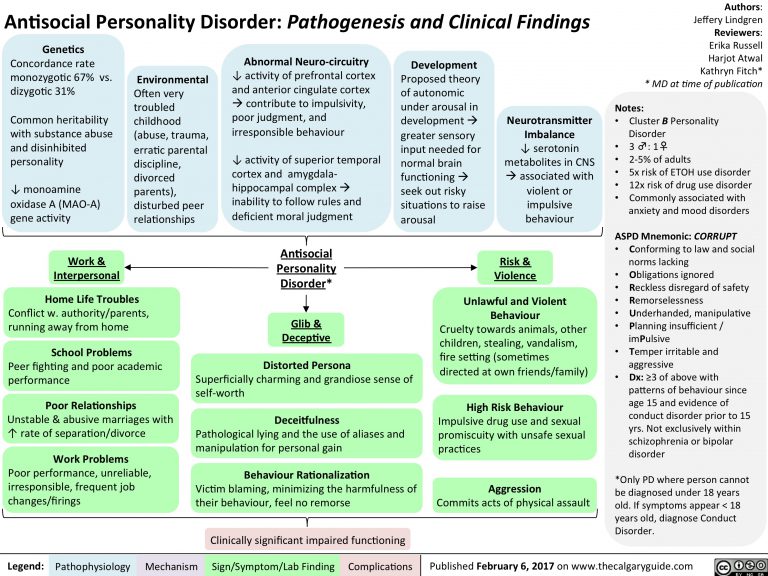 The choice of a specific drug, its dosage and frequency of administration in each case is determined by a psychiatrist, taking into account the age of the patient, the severity of depression, and the possibility of its transition to mania. If necessary, the appointment of antidepressants is supplemented with mood stabilizers or antipsychotics. Antidepressants help to stop depressive states in bipolar disorder. Drug treatment of bipolar disorder in the stage of mania is carried out by normotimics, and in severe cases of the disease, antipsychotics are additionally prescribed. In the stage of remission, psychotherapy (group, family and individual) is shown.
The choice of a specific drug, its dosage and frequency of administration in each case is determined by a psychiatrist, taking into account the age of the patient, the severity of depression, and the possibility of its transition to mania. If necessary, the appointment of antidepressants is supplemented with mood stabilizers or antipsychotics. Antidepressants help to stop depressive states in bipolar disorder. Drug treatment of bipolar disorder in the stage of mania is carried out by normotimics, and in severe cases of the disease, antipsychotics are additionally prescribed. In the stage of remission, psychotherapy (group, family and individual) is shown.
Bipolarity, unipolarity and multipolarity in the modern world
There has never been an enemy like the coronavirus, which would pose a common threat to all countries and even all of humanity. When the world and humanity are in distress, China and the United States should join forces and cooperate to fight the epidemic.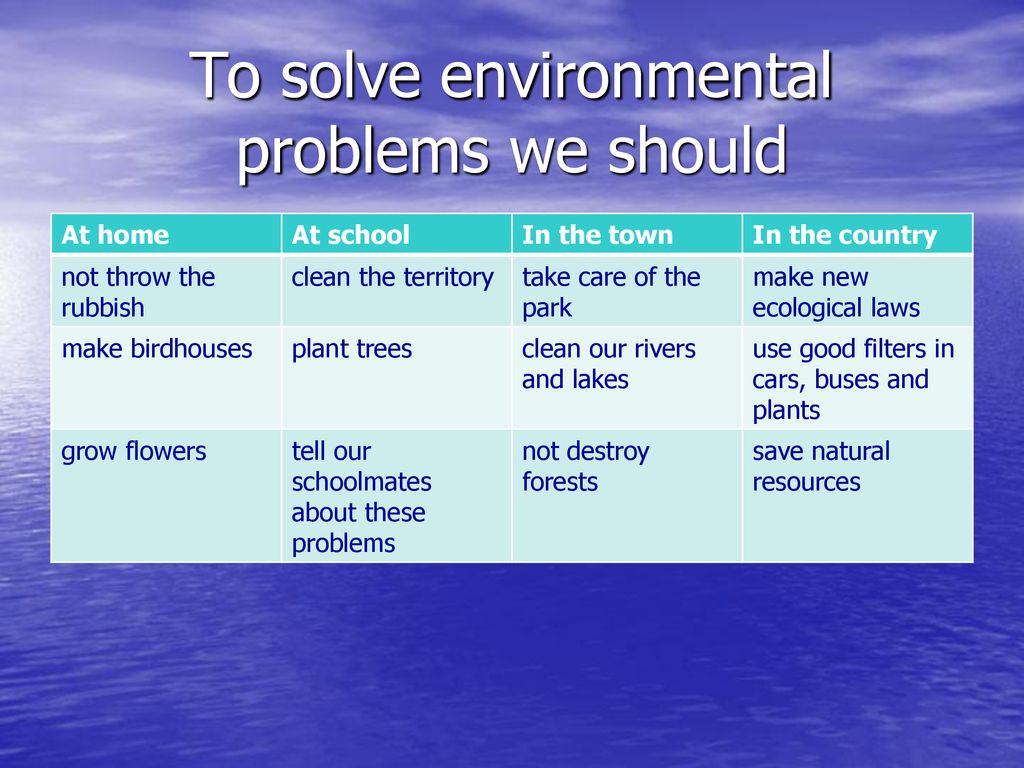 Contrary to the expectations of the international community and China, the epidemic not only worsened relations between China and the United States, but also significantly aggravated the confrontation between the two countries. There is every reason to believe that in the post-pandemic period, the trend towards establishing a bipolar world with centers in China and the United States will most likely not only continue, but will continue to gain momentum.
Contrary to the expectations of the international community and China, the epidemic not only worsened relations between China and the United States, but also significantly aggravated the confrontation between the two countries. There is every reason to believe that in the post-pandemic period, the trend towards establishing a bipolar world with centers in China and the United States will most likely not only continue, but will continue to gain momentum.
After the end of the Cold War, the main issue in the formation of the structure of the world order was the choice towards unipolarity or multipolarity. However, now the situation has changed. With the actualization of the theory of bipolarity, the concepts of multipolarity and unipolarity have ceased to be the only possible models of the world order. How bipolarity relates to multipolarity and unipolarity is a new subject of analysis, the importance of which is constantly growing.
Speaking of the bipolar world, we mean the centers of power represented by China and the United States.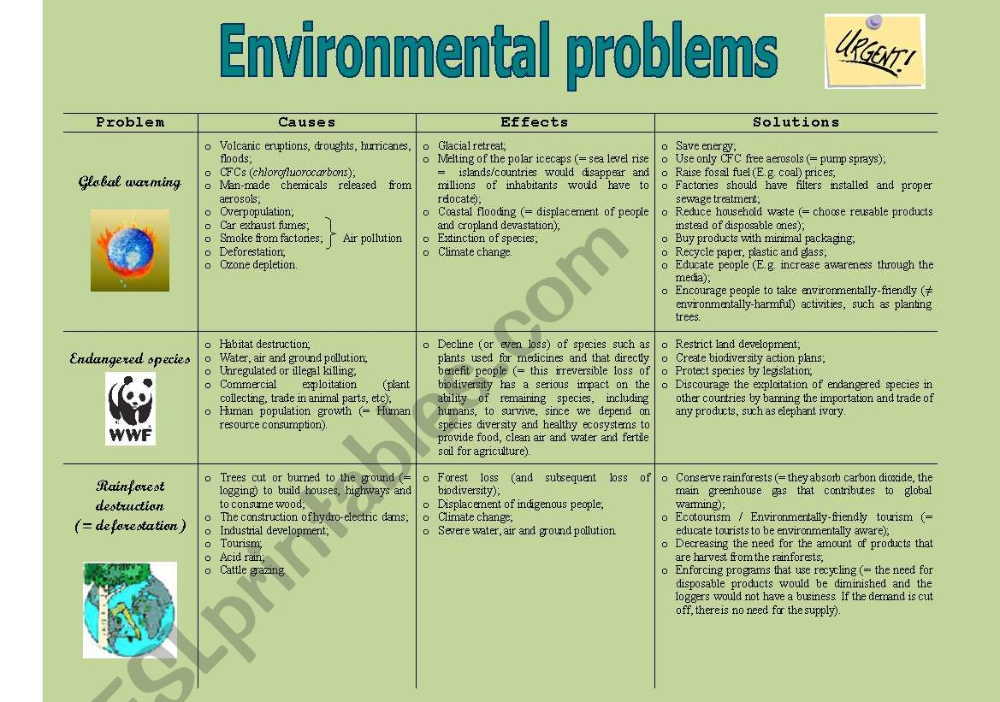 The main arguments in favor of a bipolar world order are the national potential and economic power of the states-centers of power. From this point of view, the formation of a bipolar structure of the world order seems to be very reasonable and well-reasoned.
The main arguments in favor of a bipolar world order are the national potential and economic power of the states-centers of power. From this point of view, the formation of a bipolar structure of the world order seems to be very reasonable and well-reasoned.
It is very difficult to define the current world order. The world in which we live is a kind of mixture of multipolarity, bipolarity and unipolarity, which distinguishes the current state of the structure of the world order. In theory, bipolarity, unipolarity and multipolarity are incompatible. If the world is bipolar or unipolar it cannot be multipolar, and if it is multipolar it cannot be bipolar and unipolar. But in today's world, things are different. Today's world does not yet have a clear structure. The reality is that to a certain extent and in a certain sense, both in subjective recognition and in objective reality, they all exist simultaneously in various forms and with different influences, which is a unique phenomenon for the current international structure. They do not exist in parallel, but are intertwined and interact with each other. This is contrary to general theory and logic, but is a reflection of the complexity and contradictions of the real world, which is going through a very difficult, unstable and obscure transition process.
They do not exist in parallel, but are intertwined and interact with each other. This is contrary to general theory and logic, but is a reflection of the complexity and contradictions of the real world, which is going through a very difficult, unstable and obscure transition process.
However, the fundamental level is occupied by multipolarity, which sets the tone for the entire structure as a whole. It can be described as a multipolar structure in which bipolar forces are gaining momentum and unipolar forces are fading into oblivion.
After the end of the Cold War, the main issue in the formation of the structure of the world order was the choice towards unipolarity or multipolarity. However, now the situation has changed. With the actualization of the theory of bipolarity, the concepts of multipolarity and unipolarity have ceased to be the only possible models of the world order. How bipolarity relates to multipolarity and unipolarity is a new subject of analysis, the importance of which is constantly growing.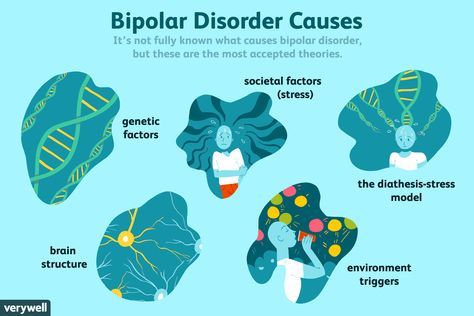
People started talking about bipolarity about ten years ago, but this issue has gained particular relevance only in recent years. Speaking of the bipolar world, today we have in mind the centers of power represented by China and the United States.
It must be said that there are no clear definitions for describing the concept of “pole”, just as there are none in relation to unipolar, bipolar and multipolar models of the world order. These definitions are mostly descriptive, they do not contain specific quantitative indicators, and they are very conditional when considered in various aspects.
What speaks in favor of the theory of bipolarity?
Alexey Gromyko:
On the illusions of a new bipolarity
The main arguments in favor of a bipolar world order are the national potential and economic power of the states-centers of power. From this point of view, the formation of a bipolar structure of the world order seems to be very reasonable and well-reasoned.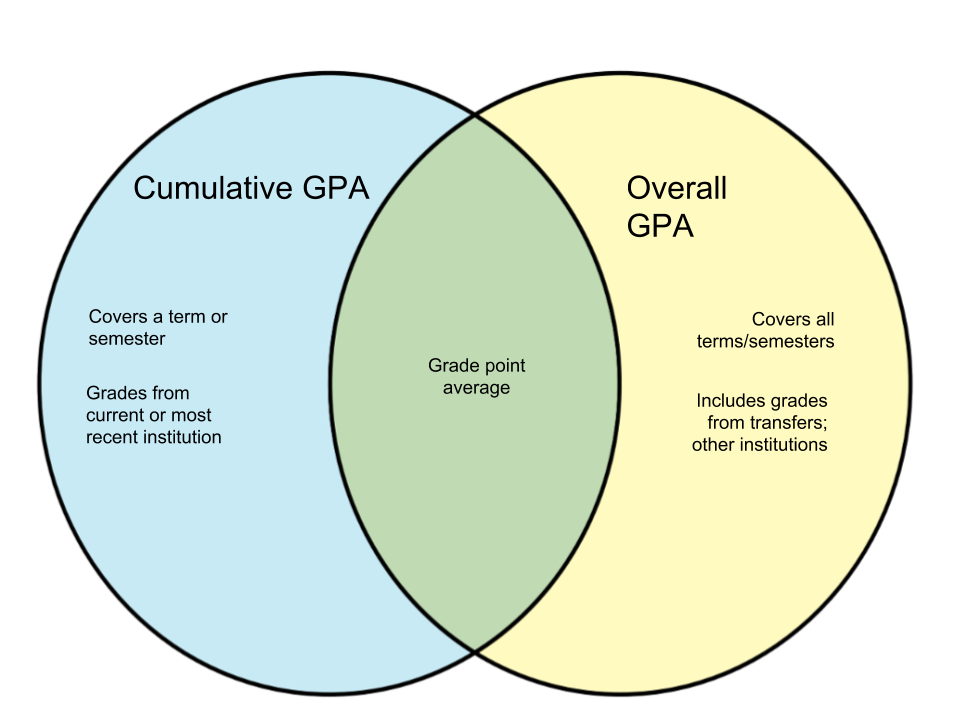
First, China's combined economic performance is close to that of the United States, and the gap between the two economies has narrowed significantly, making them comparable. At 1980 China's GDP was only 10.7% of the US GDP, in 2007 it rose to 23.7%, and by 2017 it had already reached 62%.
Secondly, the economies of China and the United States are much larger than the economies of the country following them in third place. Currently, the GDP of the largest countries in the world is a typical pyramidal structure. In 2019, America was the only country in the world with a GDP in excess of $20 trillion ($22 trillion). China is the only country in the world with a GDP of over $10 trillion ($12 trillion). They are followed by Japan and Germany, whose GDP is 4-6 trillion dollars, as well as the UK, France, India, Italy, Russia, Canada (GDP 2-3 trillion dollars) [1]. According to a Chinese official, in 2019China's GDP was the combined GDP of Japan, Germany, the UK and France in 2018.
Thirdly, the combined economic aggregate of China and the United States constitutes a significant part of the world economy and has a decisive influence on it. In 2018, the total economic value of the global economy was about $84 trillion. The United States accounted for about 24% and China for about 16%, that is, the share of these two countries in the world economy is 40%. In terms of international trade, China imported and exported $4.62 trillion worth of goods and services in 2018, accounting for 11.75% of world trade. Since the US share in it is 10.87%, the two countries account for more than one-fifth of all world trade.
Fourth, the leaders in the ongoing new scientific and technological revolution are also China and the United States. Let's take artificial intelligence (AI) technology as an example. In terms of the number of specialists and companies involved in the development of AI, the United States and China rank first and second in the world. And in terms of the number of patents in the field of artificial intelligence, China is even slightly ahead of the United States [2].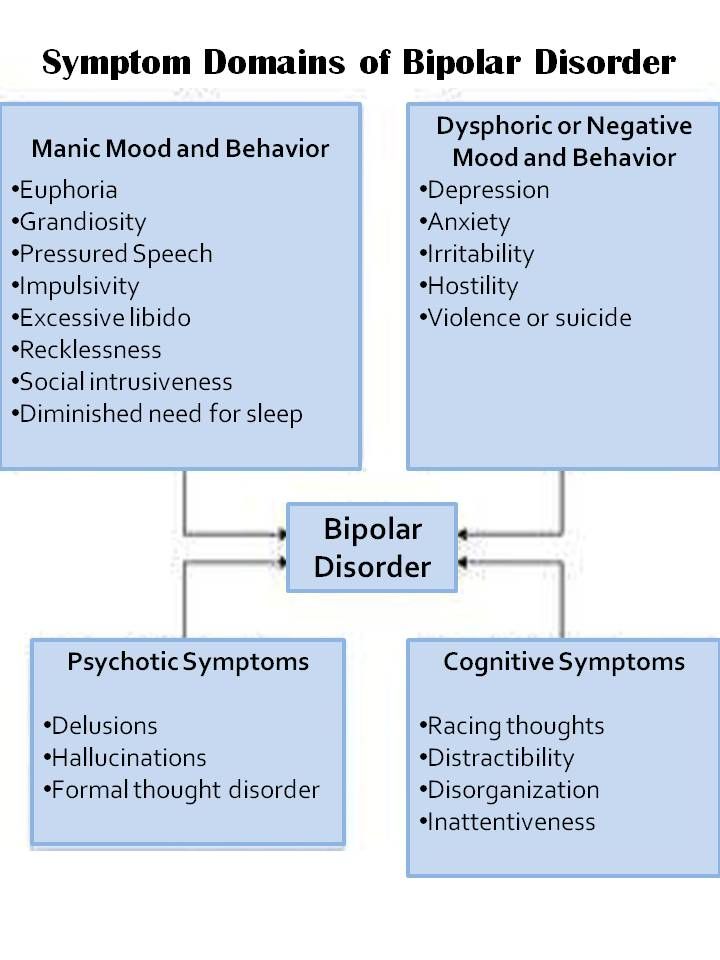 As for the digital economy, the share of China and the United States in the blockchain, Internet of things, cloud computing and other related fields is much higher than other countries. In 2018, the top ten largest Internet companies in the world included only Chinese and American companies (6 companies from the USA, 4 companies from China) [3].
As for the digital economy, the share of China and the United States in the blockchain, Internet of things, cloud computing and other related fields is much higher than other countries. In 2018, the top ten largest Internet companies in the world included only Chinese and American companies (6 companies from the USA, 4 companies from China) [3].
Fifth, China and the United States have the largest armed forces with advanced military technology. Militarily, Russia is stronger than China in a number of ways, especially in the field of strategic nuclear weapons, but China and the United States are far ahead of other countries in terms of military budget and have the largest defense potential. According to the Stockholm Peace Research Institute, in 2019 the US military budget was $732 billion, while China's was $261 billion. They are followed by India - $71.1 billion, Russia - $65.1 billion, Saudi Arabia - $61.9billion dollars, France - $50.1 billion, Germany - $49.3 billion, Great Britain - $48.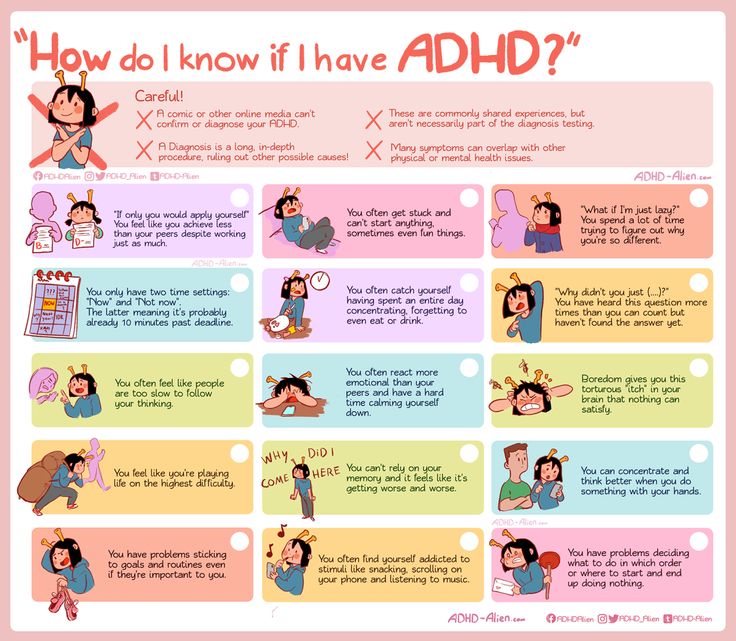 7 billion and Japan - $47.6 billion [4]. In other words, the United States spends much more on its military than China, but China spends on it several times more than other major countries.
7 billion and Japan - $47.6 billion [4]. In other words, the United States spends much more on its military than China, but China spends on it several times more than other major countries.
According to the above criteria, China has indeed become the second most important power in the world, and there are good reasons to talk about the formation of a bipolar model.
What speaks against bipolarity?
However, the "new bipolarity" has not received universal recognition.
There are two questions. First, is China strong enough to be one of the two poles? And second, does the Chinese-American bipolar structure have enough influence on the world to become the dominant basis of the world order?
The main arguments in favor of the bipolar theory are economic indicators. There is no doubt that economic power is the basis of the national power of the state and any international structure. As for economic indicators, China's power in this regard is beyond doubt, but economic indicators alone do not turn the state into a center of power.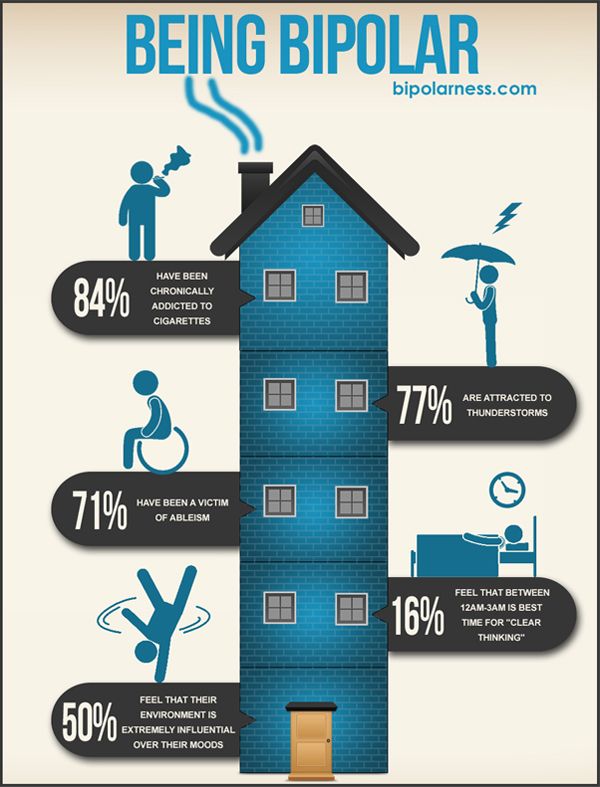 Using GDP as the sole criterion is not sufficient, and it is much more appropriate to use a country's comprehensive and realistic international potential and influence as a criterion.
Using GDP as the sole criterion is not sufficient, and it is much more appropriate to use a country's comprehensive and realistic international potential and influence as a criterion.
In terms of capabilities and influence, China has both strengths and weaknesses. China cannot offer the world a system of values that would resonate widely with it. The PRC does not have a stable and reliable system of partnerships and allies, it does not set the tone at international discussion platforms and does not have structural power in international organizations. Historically, the world's most important multilateral mechanisms have been headquartered mainly in Europe and the Americas. Although after the 2016 reform, China’s share in the IMF increased from 3.996% to 6.394% and it has moved up from sixth to third, but the US has a 16.5% share and still has veto power. In international foreign exchange reserves, which should "give the country incredible power," the share of the dollar is about 55% against about 2% of the yuan.
Even in those economic areas where China is strong, the country still has many weaknesses. Its power of industrial production is great, but insufficient. Although China has a leading position in certain areas of science and technology, it is not the best in advanced technology and science in general, and its capacity in developing scientific and technological innovations still leaves much to be desired. Listed out of 189countries and regions in the Human Development Index, which was published by the UN in 2019, China ranks 85th. The main long-term task of the country will be internal development. These weaknesses and shortcomings do not yet allow China to become a full-fledged "superpower". However, a favorable general trend for China in relation to all these weaknesses is gaining strength, namely, these weaknesses are gradually overcome, and shortcomings are eliminated.
Ivan Timofeev:
"Selective" bipolarity? From Coalition of War to Coalition of Sanctions
More broadly, the bipolarity of China and the United States is not just a demarcation between the two countries.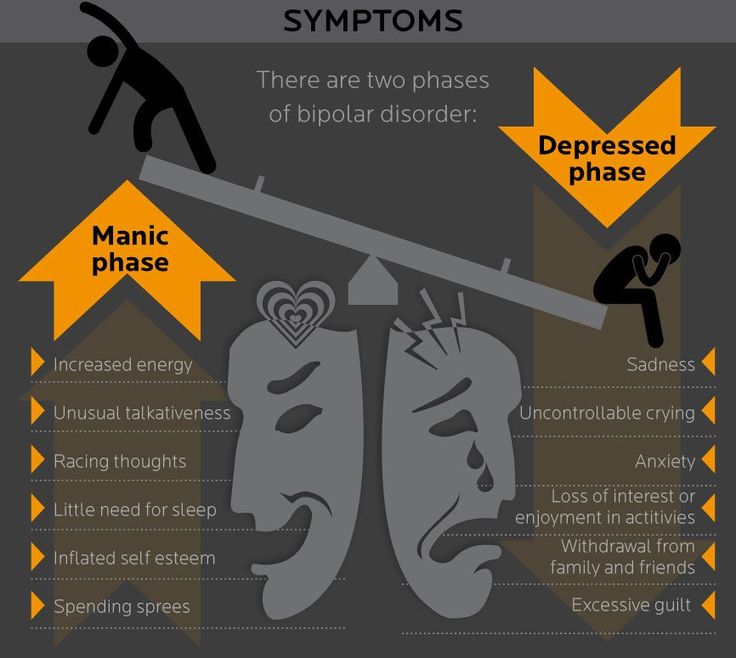 Despite the weakening of ties within the West, the United States still maintains a system of ideological and military alliances in the world, although not as rigid as before, and continues to be an authority and force of attraction for the West.
Despite the weakening of ties within the West, the United States still maintains a system of ideological and military alliances in the world, although not as rigid as before, and continues to be an authority and force of attraction for the West.
The degree of influence on the world is also a key factor in establishing a bipolar format. The main question is whether it is fundamental in the international structure and the only center of international politics. As a model of bipolarity, it is customary to consider the world order during the Cold War and the rivalry between the Soviet Union and the United States. Compared to that period, the status of the current bipolarity in the international structure with China and the United States as centers of power is clearly lower, and the influence of these countries on the world is much weaker. Although the bilateral relationship between China and the United States has a huge impact on world events, they do not affect the entire world and do not shape its agenda.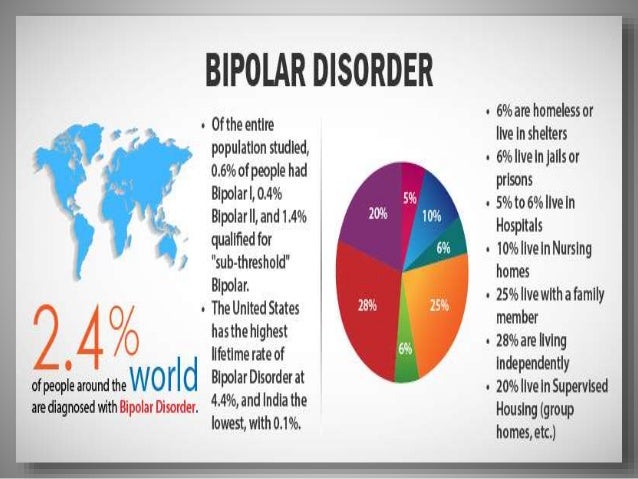
The United States does not recognize bipolarity. In fact, the main reason for the conflict between China and the United States is precisely America's refusal to perceive China as an equal power. In fact, the United States seeks to prevent the emergence of bipolarity and prevent China from becoming a power comparable to the United States. In other words, the United States is not comfortable with either multipolarity or bipolarity, and it advocates unipolarity.
In this respect, the current bilateral relationship between China and the US differs significantly from that between the US and the Soviet Union. The United States regarded the Soviet Union as an equal adversary, recognized it with the same international rights and world status, and interacted with the Soviet Union on the principles of equality. Thus, the bipolar structure of the world order with the centers of power represented by the United States and the Soviet Union implied not only their rivalry, but also "cooperation" in the form of "joint control".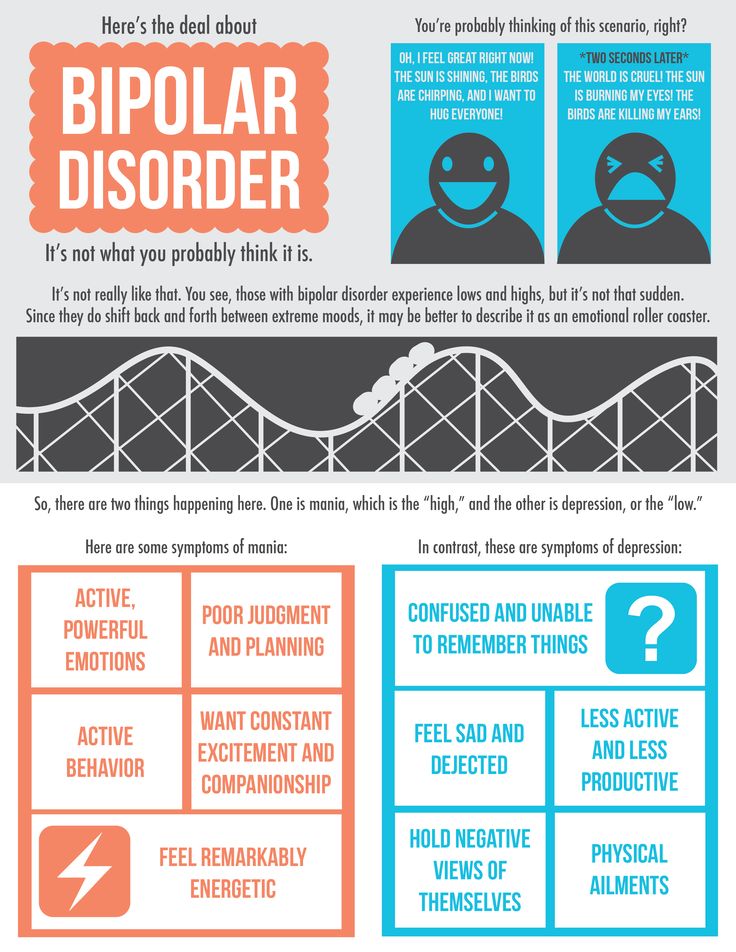 From this perspective, achieving acceptable structural stability in Sino-American relations is possible only after the United States recognizes China as an equal status, no matter in what capacity - an adversary or a partner.
From this perspective, achieving acceptable structural stability in Sino-American relations is possible only after the United States recognizes China as an equal status, no matter in what capacity - an adversary or a partner.
And valuables…
In international politics, the world order has a dual nature: objective and subjective. On the one hand, it is a naturally formed objective existence; on the other hand, it performs its tasks. This gives it value content.
The essence of a value judgment is to determine the "correctness" or "incorrectness" of something. From this point of view, the advantages of multipolarity are beyond doubt.
The concept of multipolarity emerged during the Cold War, and the desire for multipolarity from the very beginning represented a opposition to hegemony and the desire to establish the principles of democracy in international relations. That is why multipolarity, in a certain sense, has the character of “political correctness”. Bipolarity, like unipolarity, does not and will not have such value.
Bipolarity, like unipolarity, does not and will not have such value.
The "political correctness" of multipolarity is also very relative. Multipolarity denies hegemony, provides other powers or groups of countries with equal opportunities in the international arena and enhances the international status of other states. In this respect, it meets the criterion of fairness.
At the same time, multipolarity is not an equal world order in the full sense of the word. It still remains a power structure formed by states-centers of power, the number of which can vary from one or two to many. To take a place in a multipolar structure, one must first become a pole. In modern international politics, China, America, Russia, Europe, Japan, India and other large countries or groups of countries are usually considered countries whose potential allows them to become a "pole". It is extremely difficult for small and medium-sized countries to become a pole alone. Although the number of participants in a multipolar structure can be any, it is still finite and consists of a limited number of countries.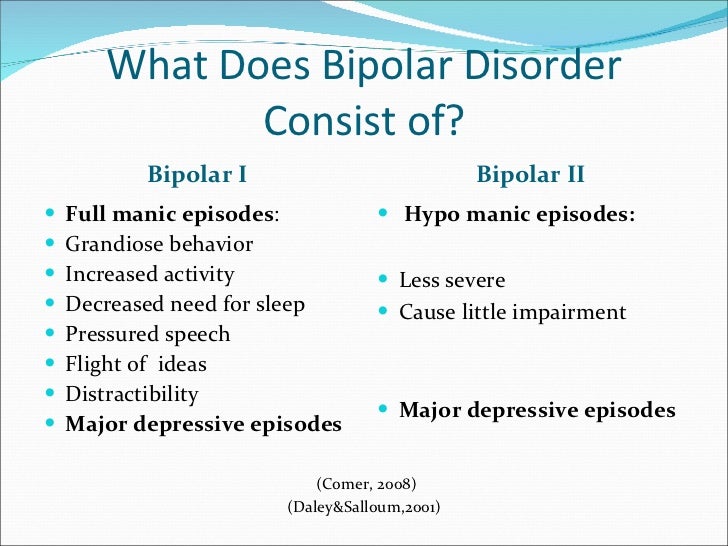 It cannot expand indefinitely, let alone include all countries. Unlimited multipolarity is tantamount to the absence of poles of power as such, which, accordingly, deprives it of any meaning.
It cannot expand indefinitely, let alone include all countries. Unlimited multipolarity is tantamount to the absence of poles of power as such, which, accordingly, deprives it of any meaning.
In other words, the multipolarity system is relatively more fair and democratic, but does not imply full equality. The latter does not at all cast doubt on the political and moral "correctness" of multipolarity. Countries are equal politically, but in the international arena, the opportunities and responsibilities of strong and weak countries differ. In world affairs, the major powers continue to play a more important role. This is the reality of the world, and it is simply impossible for international politics to go beyond reality. In this sense, multipolarity is the most reasonable and preferable structure. In practice, for small and medium-sized countries, multipolarity would be the most beneficial world order, since it would provide them with greater political freedom and would allow them to more effectively defend their interests.
In terms of function, a multipolar structure limits hegemony and makes the distribution of international power relatively equitable, thus contributing to international balance and stability. However, a multipolar structure is not an absolute guarantee of international stability and a universal means of solving all world problems. There is even an opinion that multipolarity is quite consistent with the theory of rivalry [5]. A multipolar structure is not necessarily cooperative; it can also give rise to conflicts. In other words, multipolar structures can lead to both strategic stability and instability and conflicts. Therefore, a more important issue for international politics is the internal relations in a multipolar structure. Only a multipolar world order based on cooperation can ensure structural stability.
Will the new bipolarity lead to a split in the world?
There is an opinion that after the pandemic COVID-19 the rivalry between the United States and China will lead to the formation of two "hemispheres".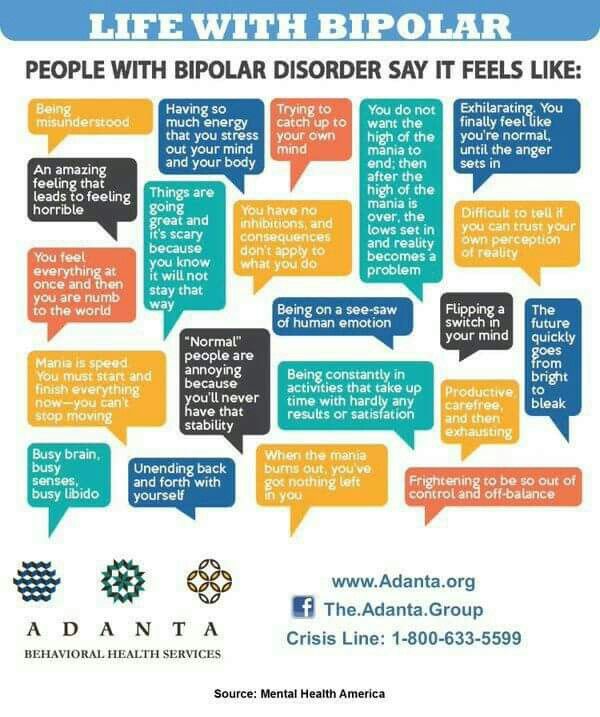 Relations between China and the US could escalate into a structural confrontation, which China is trying to avoid. However, the latter cannot form a "hemisphere".
Relations between China and the US could escalate into a structural confrontation, which China is trying to avoid. However, the latter cannot form a "hemisphere".
In a sense, the current polarization is a polarization between China and the US, but not a polarization of the world at all. The conflict between China and the US did not split the world in two. The possibility of forming a "hemisphere" with China and Russia in the center exists, since China and Russia themselves are almost a "hemisphere", but this will not be a bloc. Beijing and Moscow may engage in various forms of strategic cooperation, but both are major powers with a strong sense of personal identity. They may form a kind of loose system, parallel to the alliance between the US and the West, but it will not be a close alliance, as during the Cold War. Compared with that period, the modern world is distinguished by an incomparably greater diversity, and the distribution of power in the international arena is distinguished by relative leveling and decentralization.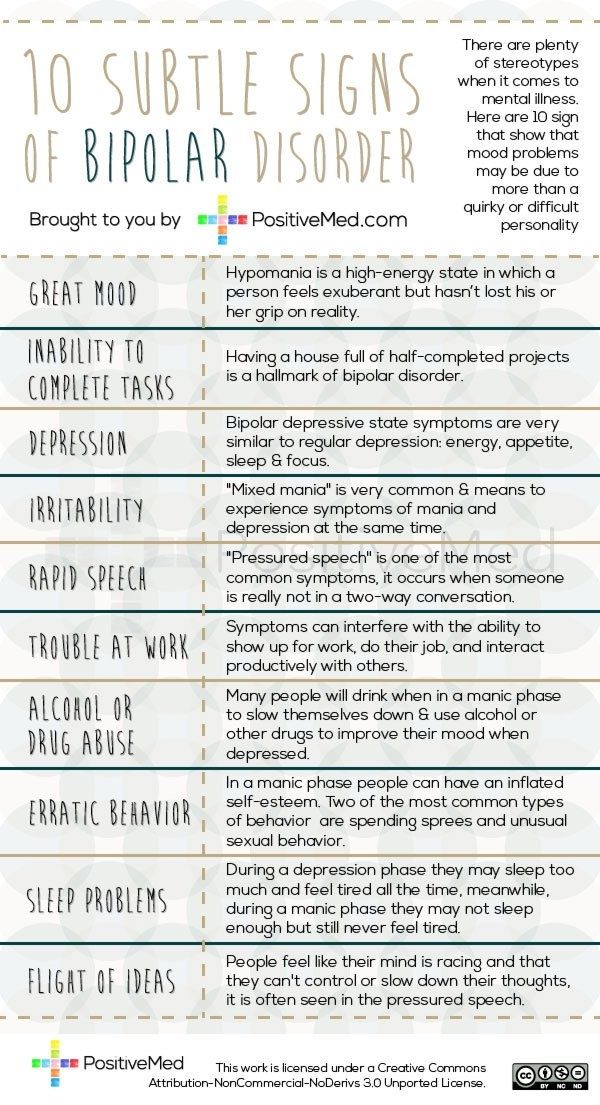 In addition, there are many regional associations, non-governmental organizations, transnational groups, etc. Small and medium-sized countries have also become more politically independent. They no longer want to be passive recipients of international politics and dissolve into a bipolar framework. Their role in international politics is also extremely important.
In addition, there are many regional associations, non-governmental organizations, transnational groups, etc. Small and medium-sized countries have also become more politically independent. They no longer want to be passive recipients of international politics and dissolve into a bipolar framework. Their role in international politics is also extremely important.
What kind of world order do we have now?
Konstantin Matveenkov:
On the verge of a divorce. Where will the technological war between China and the US lead?
It is very difficult to define the current world order. The world in which we live is a kind of mixture of multipolarity, bipolarity and unipolarity, which distinguishes the current state of the structure of the world order. In theory, bipolarity, unipolarity and multipolarity are incompatible. If the world is bipolar or unipolar it cannot be multipolar, and if it is multipolar it cannot be bipolar and unipolar. But in today's world, things are different. Today's world does not yet have a clear structure. The reality is that to a certain extent and in a certain sense, both in subjective recognition and in objective reality, they all exist simultaneously in various forms and with different influences, which is a unique phenomenon for the current international structure. They do not exist in parallel, but are intertwined and interact with each other. This is contrary to general theory and logic, but is a reflection of the complexity and contradictions of the real world, which is going through a very difficult, unstable and obscure transition process.
Today's world does not yet have a clear structure. The reality is that to a certain extent and in a certain sense, both in subjective recognition and in objective reality, they all exist simultaneously in various forms and with different influences, which is a unique phenomenon for the current international structure. They do not exist in parallel, but are intertwined and interact with each other. This is contrary to general theory and logic, but is a reflection of the complexity and contradictions of the real world, which is going through a very difficult, unstable and obscure transition process.
However, the fundamental level is occupied by multipolarity, which sets the tone for the entire structure as a whole. It can be described as a multipolar structure in which bipolar forces are gaining momentum and unipolar forces are fading into oblivion.
This state of affairs in the world order will continue for a long time to come, but the general trend is that the strengthening of bipolarity will become more noticeable.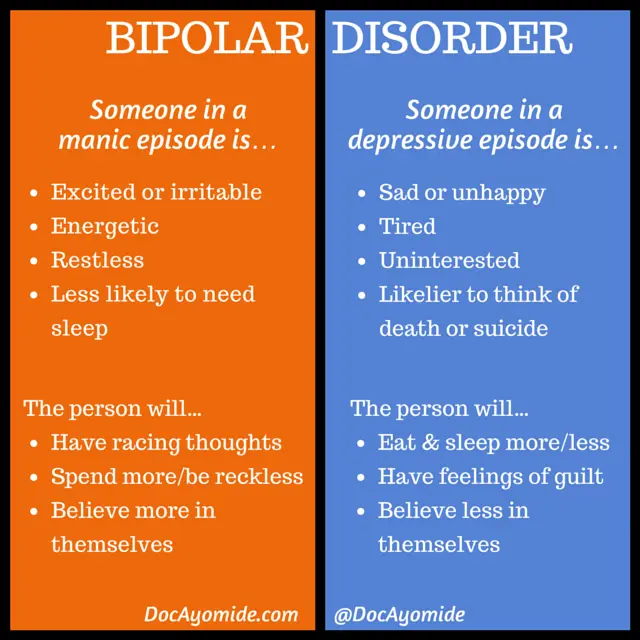 Clear evidence of this is the ongoing scientific and technological revolution and the pandemic COVID-19 . The common feature of these two processes, which have had the greatest impact on the world today, is that they have intensified the rivalry and antagonism between China and the United States and thereby strengthened the bipolar structure.
Clear evidence of this is the ongoing scientific and technological revolution and the pandemic COVID-19 . The common feature of these two processes, which have had the greatest impact on the world today, is that they have intensified the rivalry and antagonism between China and the United States and thereby strengthened the bipolar structure.
The new scientific and technological revolution will have a profound impact on the world. It can lead to the rapid growth of national power, change the structure of the world, the nature of military technologies and wars, as well as the way of life of people and the very course of history. At the same time, it does not negate the basic concept of international politics, does not change the fundamental nature of international relations, and will not be able to eliminate the source of confrontation between states.
The new scientific and technological revolution has not changed the nature of relations between China and the United States. Instead of becoming an incentive for increased cooperation between the two countries, it has become a new irritant that has spurred the deterioration of bilateral relations. In fact, this revolution itself became an important form and content of contradictions between the two countries.
Instead of becoming an incentive for increased cooperation between the two countries, it has become a new irritant that has spurred the deterioration of bilateral relations. In fact, this revolution itself became an important form and content of contradictions between the two countries.
In principle, technological ties are determined precisely by political relations. The technological revolution serves political purposes, and it is not technology that changes politics, but politics itself is not subordinated to technology. This has been the case with previous technological revolutions in history. An example of this is the Soviet-American relations during the Cold War. Nuclear weapons and satellite technologies were a military-technical revolution of epochal significance. Their appearance changed the nature of the war and its understanding, but did not change the political nature of US-Soviet relations. Instead, they have taken the rivalry between the two countries to new areas and taken it to new heights.
The COVID-19 outbreak in 2020 was a unique disaster. There has never been an enemy like the coronavirus, which would pose a common threat to all countries and even all of humanity. When the world and humanity are in distress, China and the United States should join forces and cooperate to fight the epidemic. Contrary to the expectations of the international community and China, the epidemic not only worsened relations between China and the United States, but also significantly aggravated the confrontation between the two countries. There is every reason to believe that in the post-pandemic period, the trend towards establishing a bipolar world with centers in China and the United States will most likely not only continue, but will continue to gain momentum.
1. See the official website of the World Bank
2. Russian International Affairs Council, Institute of International Studies of Fudan University, Institute of the Far East of the Russian Academy of Sciences “Russian-Chinese Dialogue: Model 2019”, report 46/2019, p.
